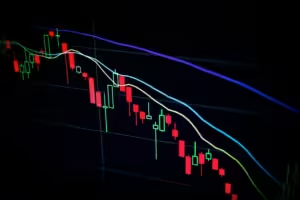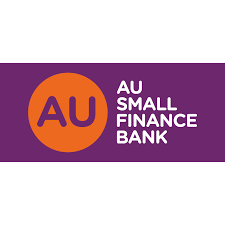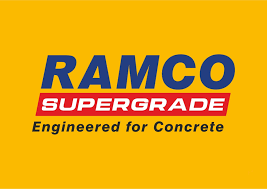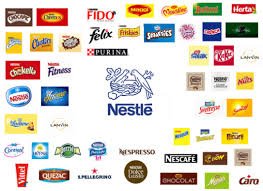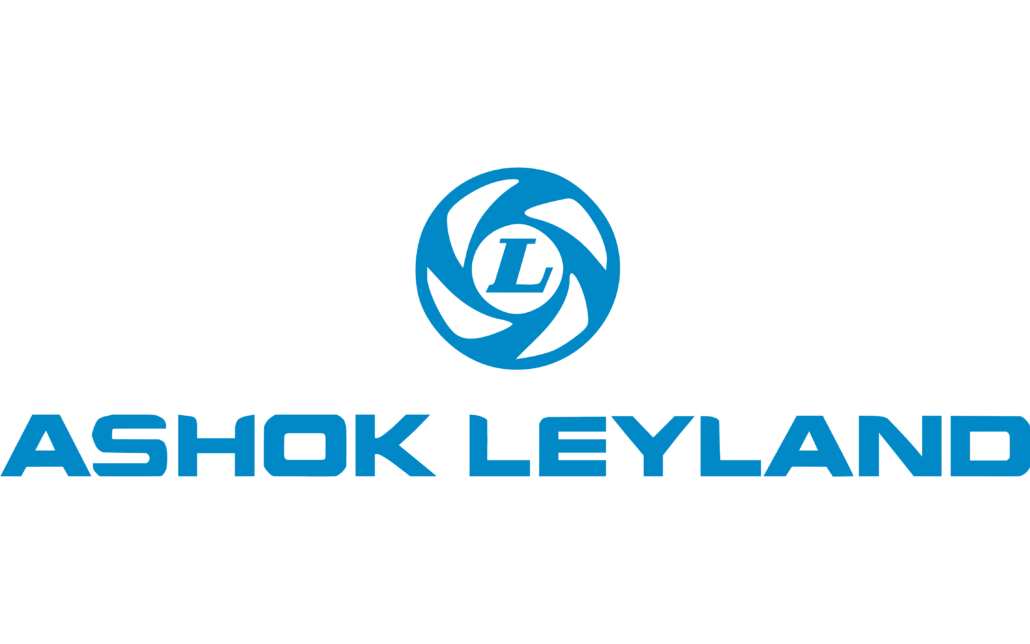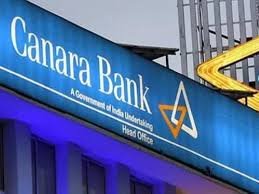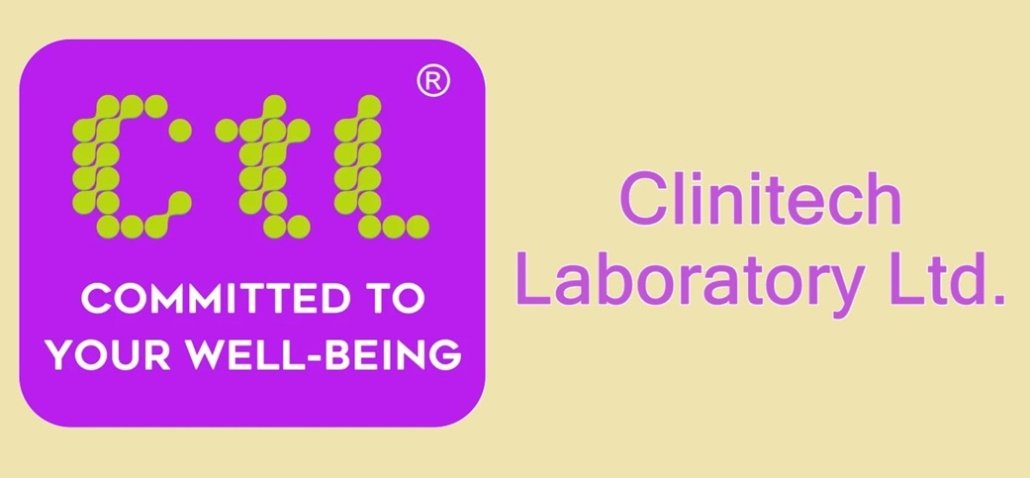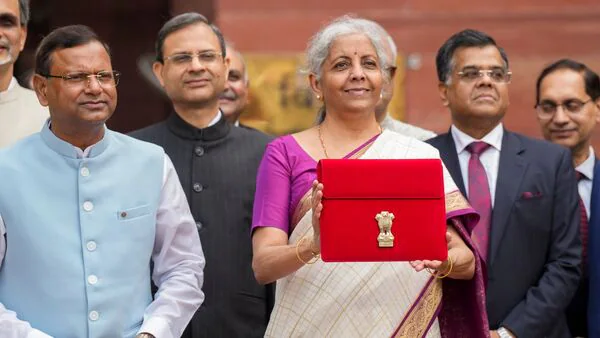Key Summary – Ceat Ltd. Q1FY25 Concall
Financial Performance
-Revenue: INR 3,192.8 crores, 8.8% YoY growth.
– Standalone profit: INR 149.2 crores, 6.4% YoY decline.
– Gross margin contraction: 184 bps YoY, 306 bps QoQ.
– EBITDA: INR 388.2 crores, 12.2% margin, 130 bps. contraction
Pricing and Cost
– Raw material costs up 5% QoQ, natural rubber at INR 207/kg.
– Price hikes: 2.3% in commercial, 2.5-3% in passenger segment.
– 1% price increase in 2-wheelers, further hikes planned.
Volume Growth
– Overall volume growth: 8.7% YoY.
– Replacement segment: Double-digit growth.
– OEM segment: Slower growth due to capacity constraints.
International Business
– Export growth: Healthy, not exceeding 20% YoY.
-Key markets: LATAM, Europe, emerging US market.
– Agri radials show strong growth in low base markets.
Operational Updates
– Highest production in Chennai, Bhandup, Halol plants.
– Capacity sold out in TBR, new Chennai TBR capacity upcoming.
– 42+ off-highway SKUs, 30+ passenger SKUs launched.
Investment and R&D
– Capex: INR 254 crores in Q1, full year INR 1,000 crores.
– Investment in digital and supply chain enhancements.
– Increased marketing spend in key media properties.
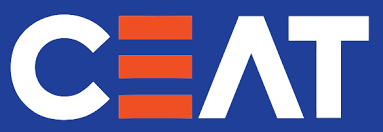
Debt and Financial Ratios
– Consolidated debt: INR 1,647 crores, up INR 18 crores QoQ.
– Debt to EBITDA: 1.1, Debt to equity: 0.4.
– Consolidated profit after tax: INR 154 crores.
EPR Provision
– EPR provision included, not part of raw material costs.
– Guidance: 1.3% to 1.5% of revenue, subject to future clarity.
Price Hikes and Market Position
– Commercial segment: ~2.3% to 2.4% price increase.
– Passenger segment: ~2.5% to 2.8% price increase.
– 2-3-wheeler segment: ~1% price increase. – Further 2% to 3% price hikes anticipated in coming months.
– Market leader in TBR did not raise prices in Q1.
– Market leader in 2-3-wheeler segment also did not hike prices.
– CEAT’s pricing is competitive but lower than some leaders.
Raw Material Costs
– Expected 5% to 6% increase in RM costs for Q2.
– Natural rubber prices: INR 165 (beginning) to INR 207 (current).
– Freight rates have increased significantly, impacting costs.
– Crude prices ranged between $80 and $90 in Q1.
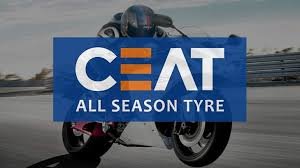
Raw Material Costs
– Expected 5% to 6% increase in RM costs for Q2.
– Natural rubber prices: INR 165 (beginning) to INR 207 (current).
– Freight rates have increased significantly, impacting costs.
– Crude prices ranged between $80 and $90 in Q1.
Employee and Marketing Costs
– Employee costs declined sequentially due to variable elements.
– Marketing spend up by 100 basis points for IPL and World Cup.
Distribution and R&D
– Local distributors are used in U.S. and Europe markets.
– R&D focuses on domestic and international markets with tailored strategies.
– CEAT’s R&D investments aim to enhance domestic market share.
– Pricing adjustments will be opportunistic and region-specific.





